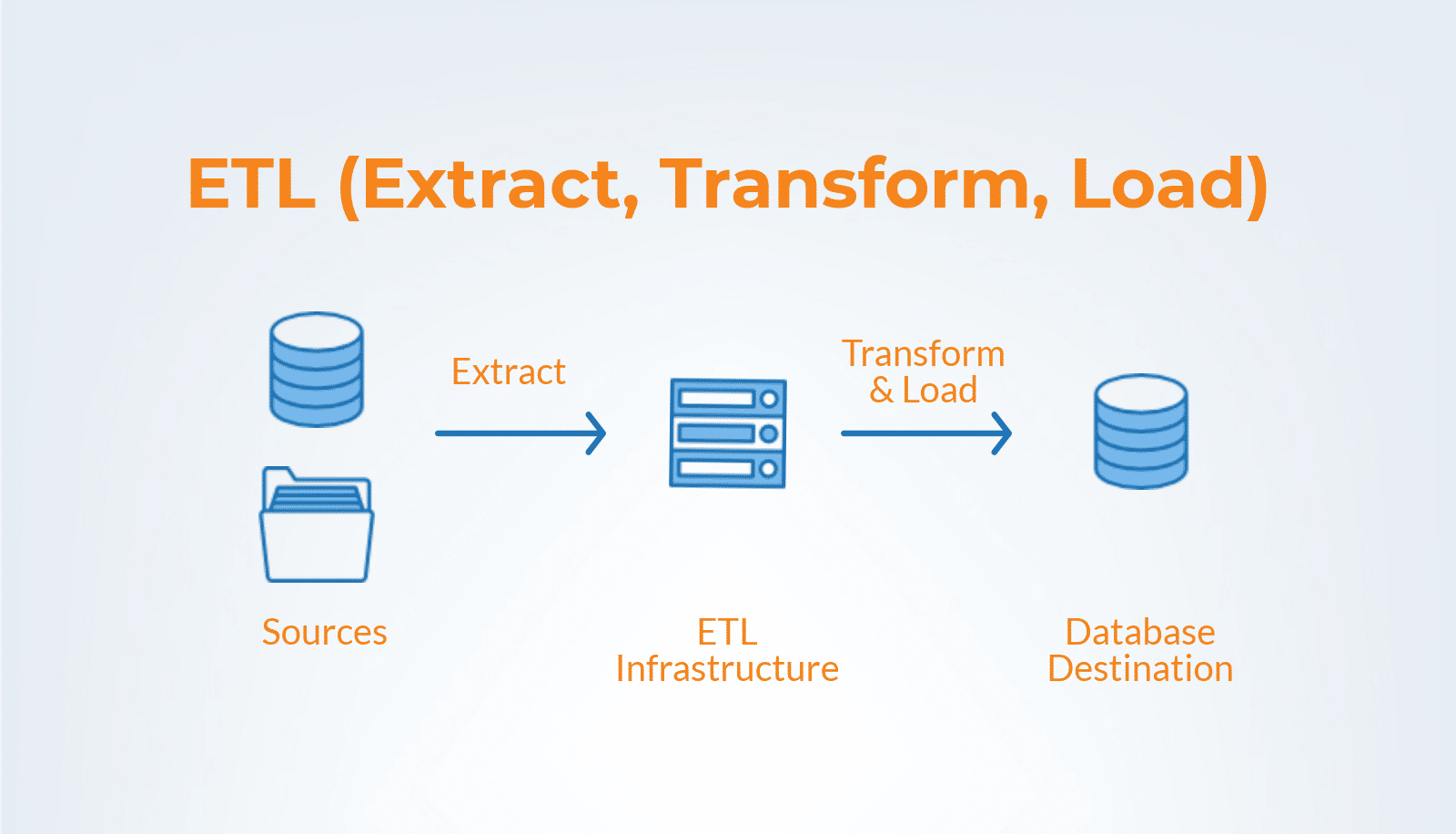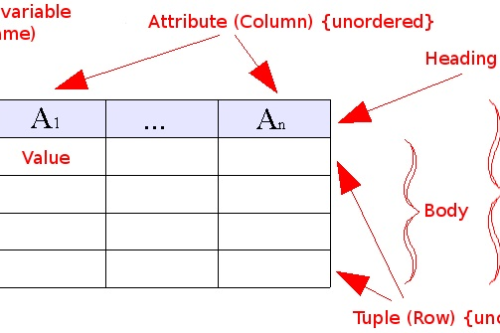Let’s face it: Inaccurate data is affecting your company’s bottom line. In fact, a whopping 77% of companies believe their bottom line is affected by inaccurate and incomplete data, wasting 12% of their revenue.
Data integration tools help you maintain data quality while making the most use of growing data volumes. These tools are now being viewed by organizations as extremely vital for data governance, procurement, and general data management. Moreover, considering the speed with which the data is presently evolving, it is evident that the enterprises have begun depending more on data integration.
However, this has also placed businesses in quite a tight position. They are confused about which data integration tool they should use. In this blog, we’ll compare on-premise and cloud data integration tools to help you choose the right one for your business.
What is On-Premise Data Integration Software?
On-premise data integration requires that an enterprise buys a software license for using it. You can deploy and maintain it in-house at your company’s physical office rather than hosting it via a third party. Thus, an on-premise software is run under your company’s direct supervision.
What is Cloud Data Integration Software?
A cloud data integration software is hosted on the vendor’s servers and accessed through a web browser. Thus, a third-party provider is responsible for managing everything and you don’t have to install any software on your systems.

On-Premise vs. Cloud Integration Tools: Six Key Differences
The following are some of the key differences between On-Premise and Cloud ETL integration tools:
1. Deployment
On-Premise: In this environment, all the resources are deployed in-house, within a company’s IT infrastructure. The ETL company offers maintenance updates while you can also buy new software for yearly renewal fees. So you only have to bear the ‘hardware’ cost.
Cloud: In cloud-based ETL tools, resources are hosted on service provider premises. The basic version of a cloud-based tool might be economical but when you need to add an extraction service or a virtualization layer, you’ll have to subscribe to all the additional features, increasing the cost significantly. So, cloud tools are mostly used for low-keep, faster solutions that don’t require a lot of data cleansing and permissions.
2. Cost
On-Premise: Unlike cloud-based ETL tools that need subscription for every new feature that you want to access, on-premise software cost is paid once upfront.
Cloud: Enterprises using cloud-based tools have to only pay for the resources that they utilize. However, the cost increase substantially when you have to add new connectors, or use other features of the cloud ETL tools
3. Control
On-Premise: Since an on-premise ETL software is installed in-house, you have complete control over it in terms of security and customization. Plus, you can run hundreds of jobs with the software at a given time, which is not possible with a cloud solution. Also, on-premise software is faster than cloud software because the data is first sent to the manufacturer’s server and then recovered in the other format.
Cloud: In a cloud-based environment, the ownership of data is quite questionable and a concern that several companies have had to struggle with. Since encryption and data keys reside within the third-party provider, in case something unexpected happens it will be difficult to access data.
4. Security
On-Premise: It is preferred by the enterprises that wish to retain their data and require a certain level of privacy and security. These enterprises have extra sensitive information including government and banking industries.
Cloud: Security is a major concern that remains the top barrier for cloud-based ETL deployment. The enterprise as well as the vendor have to follow privacy laws, such as GDPR and CCPA, which severely limits the type of data that can be used in cloud data integration. The cloud tools are vulnerable to data breaches and loss of intellectual property, resulting in costly lawsuits.
5. Mobility
On-Premise: These tools can be accessed remotely, however, they often need third-party connectors to communicate between a mobile device and the tool.
Cloud: Cloud offers more mobility and flexibility. Many cloud-based ETL tools enable easy mobile accessibility, and some even offer native mobile apps. But this ease of access also comes with greater security considerations, especially if employees are accessing company files on their mobile devices.
6. Compliance
On-Premise: Compliance is easier with on-premise data integration solution as all data is maintained in-house. When their data is in place, it is easier for enterprises to meet industry and government regulations.
Cloud: It is difficult to achieve compliance when an enterprise uses a cloud-based Data Integration Solution as the company has to ensure whether their service provider is meeting the required mandates within the specific industry.

Astera Centerprise Data Integration Solution allows its users to deploy data integration software both on-premise and in the private cloud. Read more about it here.
On-Premise vs. Cloud Integration: Feature Comparison Table
| Features | On-Premise | Cloud |
| Deployment | Responsibility is on the company | Resource hosted by the service provider |
| Cost | Cost is borne by the enterprise | Cost is borne by the service provider but enterprises have to pay for every additional feature |
| Control | Complete control is with the enterprise | Ownership of data is questionable |
| Security | Can secure sensitive information | Security is a concern as any third party can access data |
| Mobility | Limited | Service dependent |
| Compliance | Meets all compliance standards | Compliance is dependent upon the service provider |
Verdict: Which Data Integration Solution Is Best?
In terms of deployment, cost, control, and security, it is obvious that on-premise software proves to be better for enterprises as compared to cloud-based tools. The main advantage of cloud integration software lies in mobility and easy access via personal devices. Compliance is also easier with on-premise software as compared to cloud tools, where the service provider must be trusted to meet regulatory standards.
Astera Centerprise is a robust data integration tool that can quickly be deployed on-premise. It provides you with all the features you need to kickstart your data integration project, consolidate disparate data sources, and create a unified view of your company’s information assets.







